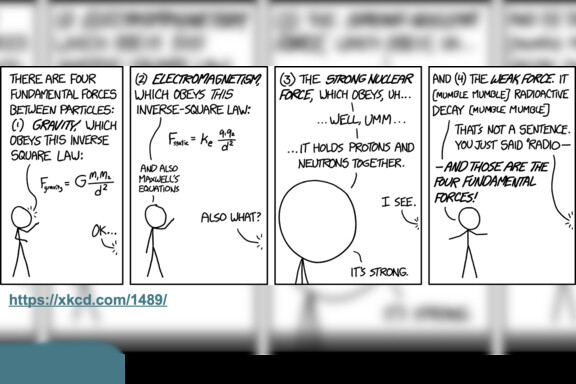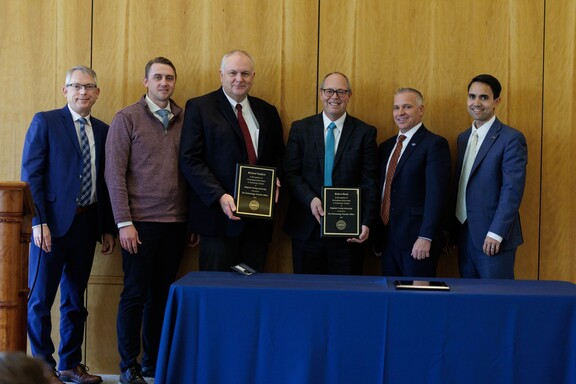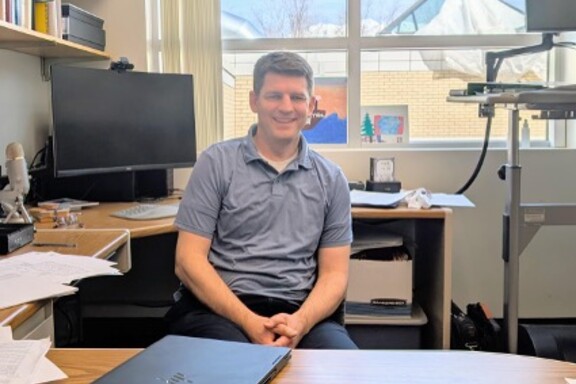News and Events



| Temp: | 48 °F | N2 Boiling: | 76.0 K |
| Humidity: | 47% | H2O Boiling: | 368.7 K |
| Pressure: | 86 kPa | Sunrise: | 7:07 AM |
| Wind: | 2 m/s | Sunset: | 5:14 PM |
| Precip: | 0 mm | Sunlight: | 0 W/m² |


Selected Publications

Time Reversal (TR) is a signal processing technique that can be used to focus acoustic waves to a specific location in space, with most applications aiming to create an impulsive focus. This study instead aims to focus long-duration noise signals using TR. This paper seeks to generate higher amplitude noise at a desired location over an existing method of broadcasting equalized noise. Additionally, this paper explores various characteristics associated with focusing long duration noise using TR. The dependence of the focal amplitude on the duration of the focused signal is explored as well as the implications of using multiple sources when focusing noise. The focal amplitude decreases with longer duration and then levels off when the duration exceeds a few seconds. Coherent addition of focused noise is observed if all loudspeakers have coherent noise signals convolved with their reversed impulse responses. Lastly, focusing noise with a desired spectrum is explored.

We present an undergraduate optics instructional laboratory designed to teach skills relevant to a broad range of modern scientific and technical careers. In this laboratory project, students image a custom aperture using coherent diffraction imaging, while learning principles and skills related to digital image processing and computational imaging, including multidimensional Fourier analysis, iterative phase retrieval, noise reduction, finite dynamic range, and sampling considerations. After briefly reviewing these imaging principles, we describe the required experimental materials and setup for this project. Our experimental apparatus is both inexpensive and portable, and a software application we developed for interactive data analysis is freely available.

A sound power spectrum analysis has been conducted on a T-7A-installed F404 engine, for operating conditions spanning intermediate thrust to afterburner. From free-field pressure spectra at microphone arc arrays with radii of 38 and 76 m, sound power level spectra are calculated from surface integrals and assumed axisymmetric radiation. The spectral peak-frequency region, from ∼100–500 Hz, broadens with increasing engine conditions. When the power level spectra are plotted with Strouhal number, the spectral peak decreases with engine condition. Comparing this decrease with rocket data suggests that military jet noise radiation is becoming more rocket-like, especially at afterburner conditions.

Understanding the atomic structure of precipitate phases in shape memory alloys is critical to determining their structure–property relationships and developing high-performance shape memory alloys. However, experimental methods are limited in determining atomic configurations in cases where the number of atoms per unit cell is very high, or the phase is small (few nms). While density functional theory (DFT) can aid in the accurate determination of a phase’s crystallography, this is challenged by the number of candidate structures. Recently, a cubic phase was discovered during the heat treatment of a Hf-Ni-Ti alloy developed with improved tribological applications and rolling contact fatigue. We use DFT, machine learned interatomic potentials (MLIPs), and a genetic algorithm to identify likely configurations for the cubic phase. Likely candidate structures consistent with experimentally determined structural information were identified. Limitations of experimental microscopy methods, crystal simulation, and DFT-MLIP techniques are discussed.

We analyze three nearby spiral galaxies—NGC 1097, NGC 1566, and NGC 3627—using images from the DustPedia database in seven infrared bands (3.6, 8, 24, 70, 100, 160, and 250 μm). For each image, we perform photometric decomposition and construct a multi-component model, including a detailed representation of the spiral arms. Our results show that the light distribution is well described by an exponential disk and a Sérsic bulge when non-axisymmetric components are properly taken into account. We test the predictions of the stationary density wave theory using the derived models in bands, tracing both old stars and recent star formation. Our findings suggest that the spiral arms in all three galaxies are unlikely to originate from stationary density waves. Additionally, we perform spectral energy distribution (SED) modeling using the hierarchical Bayesian code HerBIE, fitting individual components to derive dust properties. We find that spiral arms contain a significant (>10%) fraction of cold dust, with an average temperature of approximately 18–20 K. The estimated fraction of polycyclic aromatic hydrocarbons (PAHs) declines significantly toward the galactic center but remains similar between the arm and interarm regions.

TrIP2 is an advanced version of the transformer interatomic potential (TrIP) trained on the expanded ANI-2x data set, including more diverse molecular configurations with sulfur, fluorine, and chlorine. It leverages the equivariant SE(3)-transformer architecture, incorporating physical biases and continuous atomic representations. TrIP was introduced as a highly promising transferable interatomic potential, which we show here to generalize to new atom types with no alterations to the underlying model design. Benchmarking on COMP6 energy and force calculations, structure minimization tasks, torsion drives, and applications to molecules with unexpected conformational energy minima demonstrates TrIP2’s high accuracy and transferability. Direct architectural comparisons demonstrate superior performance against ANI-2x, while holistic model evaluations─including training data and level-of-theory considerations─show comparative performance with state-of-the-art models like AIMNet2 and MACE-OFF23. Notably, TrIP2 achieves state-of-the-art force prediction performance on the COMP6 benchmarks and closely approaches DFT-optimized structures in torsion drives and geometry optimization tasks. Without requiring any architectural modifications, TrIP2 successfully capitalizes on additional training data to deliver enhanced generalizability and precision, establishing itself as a robust and scalable framework capable of accommodating future expansions or applications to new domains with minimal reengineering.
